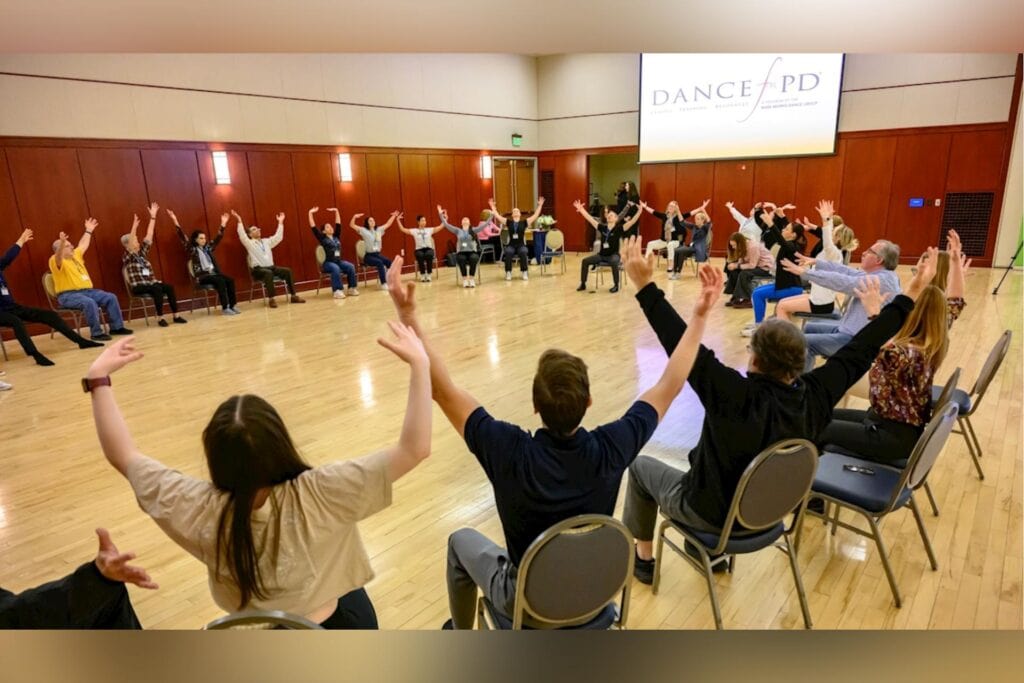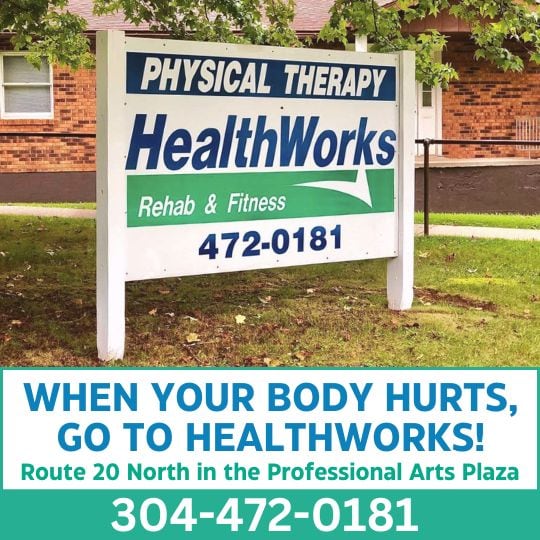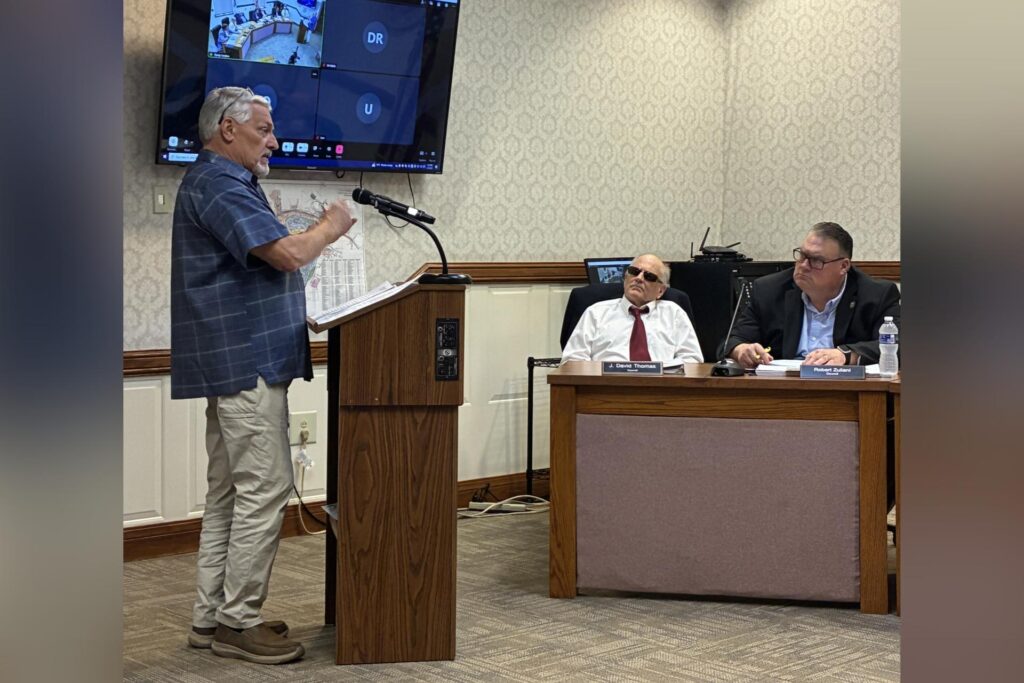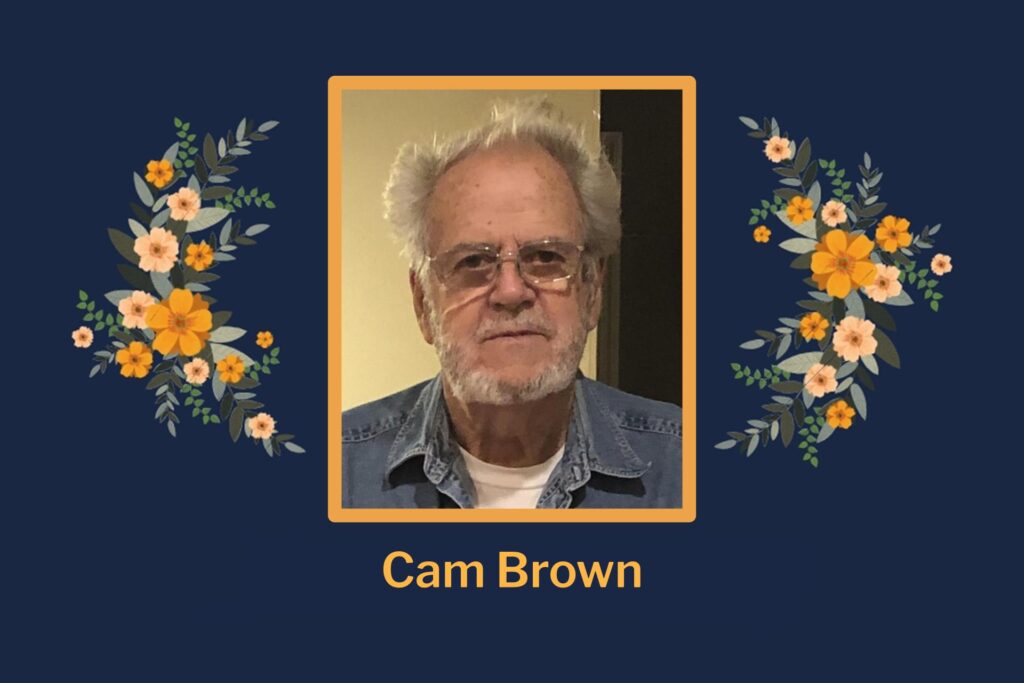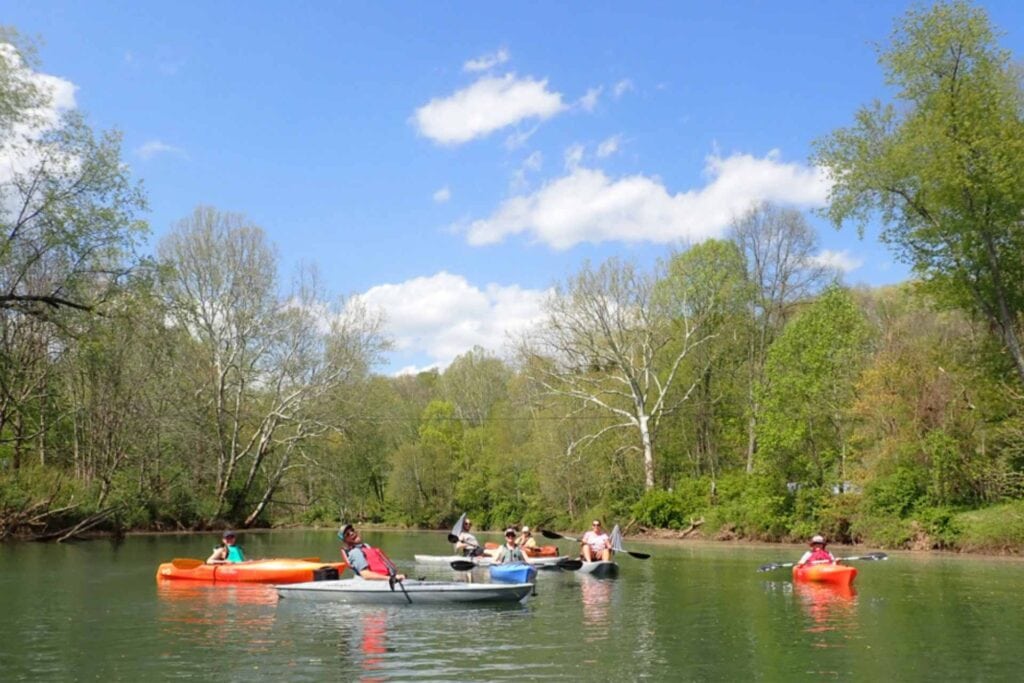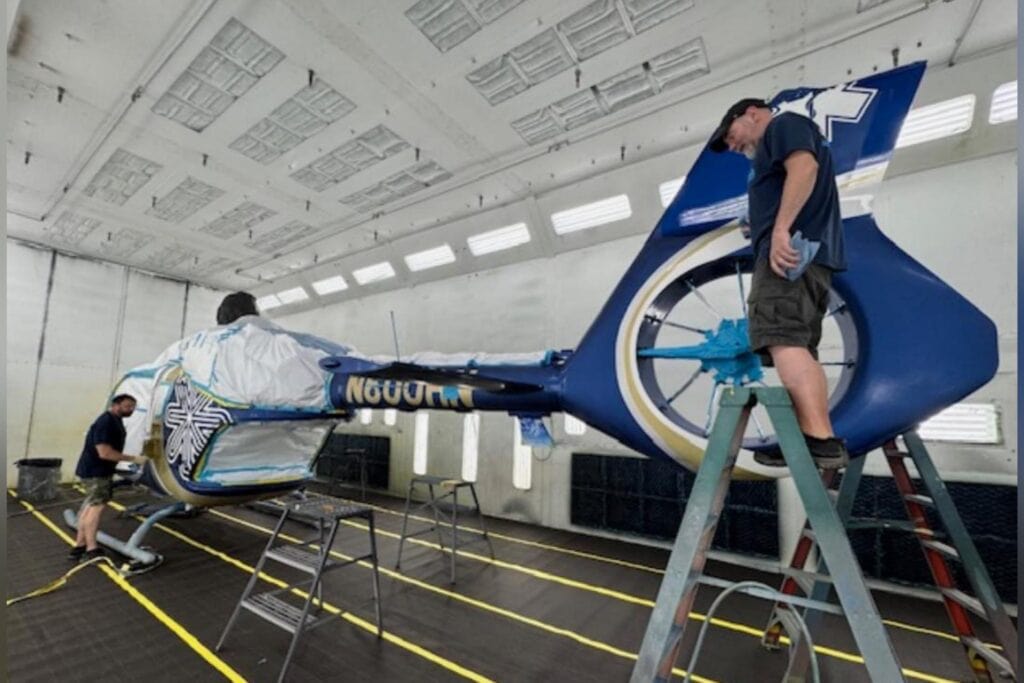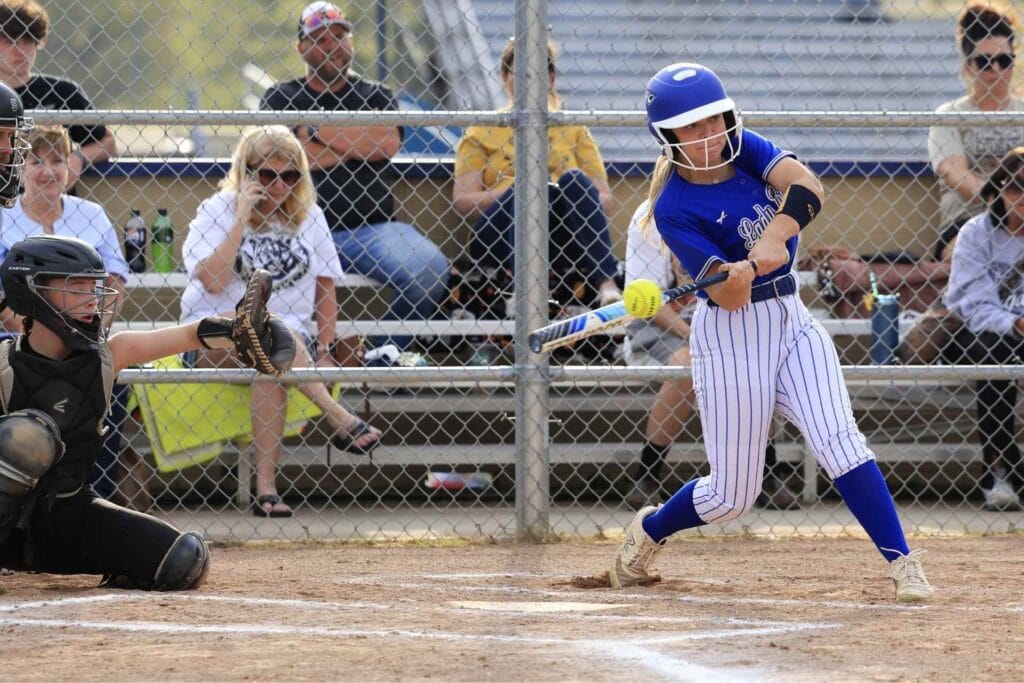Music, movement and a shared sense of community filled the Erickson Alumni Center on March 14 as West Virginia University hosted the Dance for Parkinson’s Disease (PD) event, an internationally recognized program aimed at improving the lives of individuals with Parkinson’s disease and their care partners.
Founded by David Leventhal of the Mark Morris Dance Group in New York, Dance for PD® uses dance as a tool to enhance mobility, confidence and emotional well-being for those living with Parkinson’s. The sessions gave participants the opportunity to experience firsthand how movement can help manage symptoms, improve coordination and balance, and foster connection and joy.
The event received strong support from Ali Rezai, MD, executive chair of the WVU Rockefeller Neuroscience Institute, WVU president Dr. E. Gordon Gee and Clay Marsh, MD, WVU Health Sciences chancellor and executive dean. Their presence underscored WVU’s commitment to exploring innovative, interdisciplinary approaches to caring for Parkinson’s patients beyond traditional medical treatment.
The program was a collaborative effort between the WVU Health Science Center, WVU College of Creative Arts and Parkinson’s support groups from around the state.
William Ramsey, MD, associate vice president at WVU Health Sciences and coordinator/moderator of the event said, “It is an amazing opportunity to collaborate across WVU and with groups around the state to advance the care and quality of life of those living with Parkinson’s disease.”
“Dance is more than an art form—it’s a means of expression, connection and rehabilitation,” Yoav Kaddar, PhD, director of WVU College of Creative Arts and Media’s Dance Program said. “Bringing Dance for PD to WVU is an important step in demonstrating how the arts can play a vital role in health care and improving lives.” Extensive research highlights the benefits of dance for individuals with Parkinson’s, showing improvements in motor function, flexibility and overall quality of life. As WVU continues to explore ways to integrate movement-based therapy into health care, programs like Dance for PD serve as a model for blending science, creativity and community support.
“Over the past two years, we’ve identified significant gaps in resources for people with Parkinson’s across the state,” said Ann Murray, MD, associate professor of neurology and chief of division of movement disorders at the WVU Rockefeller Neuroscience Institute. “As we worked to address those gaps, we realized we could do more—not just by bringing Dance for PD to West Virginia, but by building a stronger, more connected community for those affected by Parkinson’s.”
David Leventhal emphasized the unique role of dance, not just as a physical therapy tool but as a way to restore confidence and rekindle a sense of possibility for those affected by Parkinson’s.
“Dance and music re-engage the body in a way that feels natural and uplifting,” Leventhal said. “We want people to leave these classes feeling re-energized, with a renewed sense of possibility in their movement and their lives.”
With plans to expand Dance for PD across the state, WVU aims to make dance a widely accessible and sustainable part of Parkinson’s care.
“This initiative is part of a larger effort to help strengthen the Parkinson’s Disease community in West Virginia,” said Helen Matheny, director of WVU Collaborative Relations and Initiatives. “Soon we will share information about other programs including the West Virginia Parkinson’s Disease Registry and expanded support group opportunities.”
